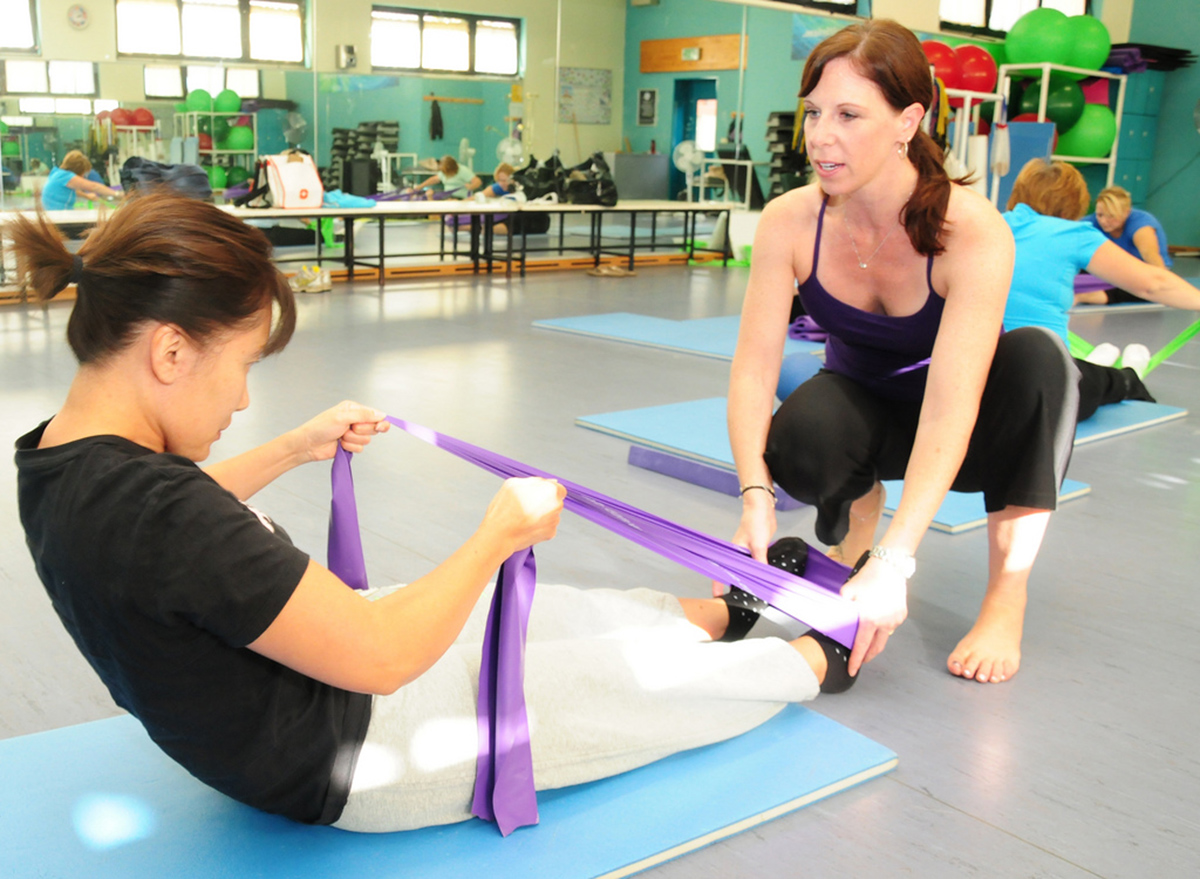Table of Contents
What if the way we do correctives is totally wrong — not just "not quite right", or "in need of some improvement", but totally upside down and in need of a full replacement?
Normally, a corrective exercise regime is put in place when someone’s injured.

You’ll see a physiotherapist (a physical therapist stateside) and get a repertoire of movements that’s designed to improve the function of specific muscles or muscle groups that are at fault in causing the injury, or that are weakened or damaged by it.
I think there’s something wrong here.
The Trouble With Corrective Exercise
Corrective exercises seem to be oriented toward developing strength and mobility in individual muscle groups — but that’s like trying to get strong by building up strength in individual muscles. It’s ineffective and inefficient: a focus on compound exercises is more effective by far, which is why it forms the basis of every serious strength and athleticism program.
Additionally, the fault is rarely a directly muscular one. If a person has weak hip external rotators and a knee injury, it wasn’t his weak hip external rotators that injured his knee. It was his wacky motor patterns that gave him a) weak hip rotators and b) bad knees. So what should we address, the problem or the symptom?
If you’re looking for a way to build stronger hip external rotators, it’s not hard to find a program that will do just that. Measurable, repeatable, everything we love about science — except that it’s pointing the wrong way.
The word "holistic" has suffered by its association with herbal remedies, crystals, "infoceuticals" and other manifestations of woolly or wishful thinking.
"Holistic" means "of, or relating to, the whole". If you have a knee injury and weak external hip rotators, you’re not far from having a back injury too. Your weak base won’t support good spinal posture so you probably have some head and neck pain, and if your problem is unilateral or weighted to one side than you probably have unilateral shoulder pain to go along with your knee pain. Shall we treat all those things seperately?
Maybe, but we should always be referring back to the real problem: a person who’s in pain and can’t move properly.
Similarly, non-corrective exercise often takes no account of injury prevention until an injury actually happens, and this is a mistake too.
Read More: Decline And Fall: Injury Prevention For Older People
If you’re doing a movement that leads to better motor patterns, then, it’s a corrective exercise. If you’re doing a movement that leads to worse motor patterns, it’s the opposite — an injury-causing exercise. Think of it like a hill: some things go uphill, some things go downhill, not much stays put. In the same way, some movements or exercises improve your motor patterns, some make them worse, few make no difference.
- Photo courtesy of Familymwr via Flickr: www.flickr.com/photos/familymwr/5032496501
- Photo courtesy of Stevendepolo via Flickr: www.flickr.com/photos/stevendepolo/5534045622


Your thoughts on this